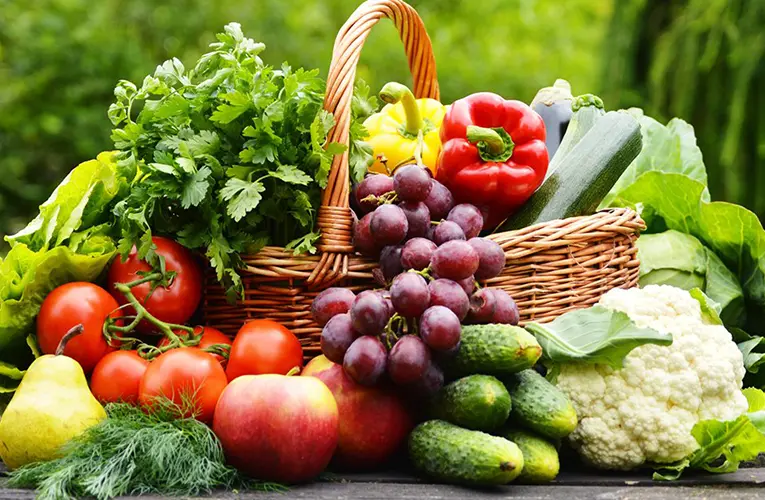“The Junk Food Industry: Exposed”
### “The Junk Food Industry: Exposed”
The junk food industry is a powerful force in global food systems, known for its aggressive marketing tactics and influence on consumer behavior. This guide delves into the inner workings of the junk food industry, uncovering its impact on health, environment, and society. We’ll explore how it operates, its marketing strategies, and the consequences of its products on our lives.
—
### 1. Understanding the Junk Food Industry
#### **1.1 Definition and Scope**
– **Junk Food:** Foods high in sugar, fat, and salt, often low in essential nutrients. Includes products like sugary snacks, fast food, sodas, and processed snacks.
– **Industry Overview:** Comprises major food and beverage companies that produce and market highly processed foods.
#### **1.2 Major Players**
– **Top Companies:**
– Nestlé, PepsiCo, Coca-Cola, Kraft Heinz, Mondelez International.
– **Market Share:** These companies dominate global food markets, heavily influencing food availability and consumer choices.
—
### 2. Marketing Tactics
#### **2.1 Targeting Vulnerable Populations**
– **Children and Adolescents:**
– **Advertising Strategies:** Colorful packaging, mascots, and cartoon characters.
– **Influence:** Early exposure to marketing creates lifelong brand loyalty and unhealthy eating habits.
– **Low-Income Communities:**
– **Accessibility:** Aggressive pricing and placement in convenience stores.
– **Nutritional Impact:** Limited access to healthier food options exacerbates health disparities.
#### **2.2 Psychological Manipulation**
– **Emotional Appeals:**
– **Comfort and Pleasure:** Marketing messages often emphasize pleasure and comfort, creating emotional connections.
– **Addictive Ingredients:** High sugar, fat, and salt levels enhance the addictive quality of junk foods.
– **Behavioral Strategies:**
– **Portion Sizes:** Large portions and “value” sizes encourage overconsumption.
– **In-Store Placement:** Strategic placement near checkout counters and at eye level increases impulse purchases.
—
### 3. Health Impacts
#### **3.1 Physical Health**
– **Obesity and Metabolic Disorders:**
– **Correlation:** High consumption of junk food is linked to obesity, diabetes, and cardiovascular diseases.
– **Mechanisms:** Excessive calories, unhealthy fats, and sugar contribute to metabolic imbalances.
– **Nutritional Deficiencies:**
– **Lack of Essential Nutrients:** Junk foods often lack vitamins, minerals, and fiber, leading to deficiencies.
#### **3.2 Mental Health**
– **Mood and Behavior:**
– **Link to Depression and Anxiety:** Diets high in processed foods are associated with poor mental health outcomes.
– **Impact on Cognitive Function:** Excessive sugar intake can negatively affect cognitive abilities and memory.
—
### 4. Environmental Consequences
#### **4.1 Resource Use and Waste**
– **Production Impact:**
– **Agricultural Practices:** Intensive farming and livestock production for junk food ingredients contribute to deforestation, soil degradation, and water use.
– **Packaging Waste:** Excessive use of single-use plastics and non-recyclable packaging adds to environmental pollution.
#### **4.2 Climate Change**
– **Carbon Footprint:**
– **Food Miles:** Long supply chains and transportation of junk food products increase greenhouse gas emissions.
– **Energy Consumption:** Processing and manufacturing of junk foods require significant energy, contributing to climate change.
—
### 5. Regulatory and Industry Responses
#### **5.1 Government Regulations**
– **Labeling and Advertising:**
– **Nutritional Information:** Mandatory nutritional labeling helps consumers make informed choices.
– **Advertising Restrictions:** Some countries have implemented restrictions on junk food advertising, especially targeting children.
– **Public Health Initiatives:**
– **Educational Campaigns:** Programs to raise awareness about healthy eating and the risks of junk food.
– **Incentives for Healthy Options:** Subsidies and incentives for producing and purchasing healthier food options.
#### **5.2 Industry Shifts**
– **Product Reformulation:**
– **Healthier Alternatives:** Some companies are reformulating products to reduce sugar, fat, and salt.
– **Transparency:** Increased focus on transparency and ingredient sourcing.
– **Corporate Social Responsibility:**
– **Community Engagement:** Initiatives aimed at supporting local communities and promoting healthier lifestyles.
—
### 6. How to Navigate the Junk Food Landscape
#### **6.1 Making Informed Choices**
– **Read Labels:**
– **Understanding Ingredients:** Learn to identify and avoid high levels of sugar, fat, and sodium in food labels.
– **Nutritional Information:** Compare products to choose options with better nutritional profiles.
– **Educate Yourself:**
– **Stay Informed:** Follow reputable sources for information on food health and industry practices.
– **Critical Thinking:** Be skeptical of marketing claims and promotions.
#### **6.2 Supporting Healthier Options**
– **Advocacy and Activism:**
– **Support Policies:** Advocate for policies that promote healthy food environments and regulate junk food marketing.
– **Community Programs:** Participate in or support local initiatives aimed at improving food access and education.
– **Healthy Alternatives:**
– **Cooking at Home:** Prepare meals from scratch using whole, unprocessed ingredients.
– **Smart Shopping:** Choose fresh fruits, vegetables, whole grains, and lean proteins over processed foods.
—
### 7. Conclusion
#### **7.1 Summary of Key Points**
– The junk food industry exerts significant influence over consumer choices and public health.
– Marketing strategies target vulnerable populations, and the health and environmental impacts are profound.
– Understanding the industry’s tactics and making informed choices can help mitigate negative effects.
#### **7.2 Encouragement**
– Empower yourself with knowledge and take proactive steps to make healthier food choices.
– Support initiatives and policies that advocate for better food environments and industry transparency.
#### **7.3 Call to Action**
– Take charge of your health by choosing nutritious alternatives and advocating for systemic changes in the food industry.
—
This guide provides a comprehensive examination of the junk food industry, highlighting its impact on health, the environment, and society. By understanding these issues, you can make informed choices and contribute to a healthier and more sustainable food system.










